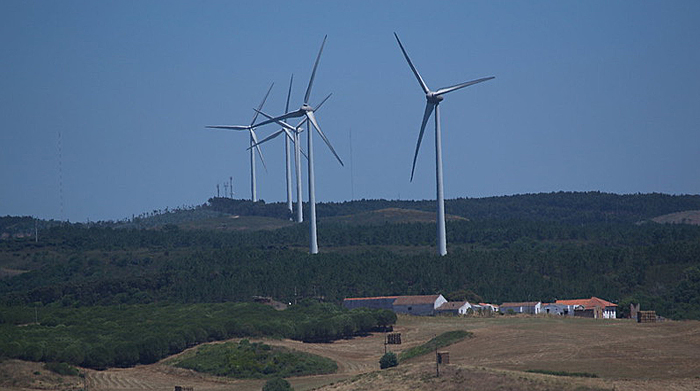Benefits of Real-Time Wind Turbine Monitoring

Image courtesy of Fermion under CC0 1.0 Universal (CC0 1.0) Public Domain Dedication, resized to 700 x 391 pixels.
The ability to conduct real-time wind turbine monitoring has numerous business benefits, but like many things worth doing, it’s certainly not easy. Although wind power is one of the lowest-cost ($45-$92 per MWH), fastest-growing generation sources out there, there are always opportunities to improve turbine efficiency and squeeze more benefits out of the technology.
Ins and Outs of Real-Time Wind Turbine Monitoring
Generally speaking, a wind turbine can operate for up to 25 years, but after the first 15 years or so, failure rates tend to increase. The key is to employ tactics to reduce these failure rates. By predicting malfunctions before they occur, downtime can be minimized, and this is where real-time wind turbine monitoring comes into play.
To put the importance of this in context, according to research by Wood Mackenzie Power & Renewables, an estimated $8.5 billion was spent on unplanned wind turbine repairs in 2019. Therefore, anything that can be done to reduce this cost would obviously help improve turbine operators’ bottom lines.
Some tactics for real-time turbine monitoring include utilizing artificial intelligence and machine learning to optimize predictive capabilities, implementing enhanced weather prediction models, and deploying IoT sensors. Similarly, third-party software packages can complement these technologies by calculating yield losses and quantifying the impact of proactive monitoring measures.
In addition to improvements in efficiency, these tactics can also benefit emergency preparedness by reducing realized failures. Using technology to correct a small problem before it turns into something bigger has positive downstream ramifications. Simply put, even if one turbine can be “saved” from going down, it would provide a boost to reliability.
In the final analysis, operators of wind farms have plenty of options available to maximize the uptime and efficiency of their wind assets. Real-time wind turbine monitoring is the way to go, and there are many variations of this idea that can be deployed depending on the situation.



